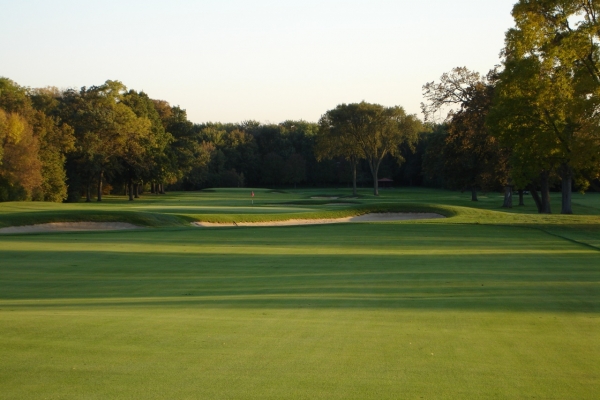The Value of an Architect
After reading a well-penned piece recently from Adam Lawrence, called “Growing Together”, I felt compelled to jot down a few key thoughts that bear highlighting. – Adam, please accept my apologies for any plagiarisms – but your message is very well put and worthy of repeat!
The first and perhaps strongest statement made by Adam is, “For golf clubs and owners, building a long-term relationship with an architect is a smart move.”
Adam cites examples of where clubs have engaged with an architect into a relationship that allowed for careful pace and the continued evolution of the golf course. With both parties having an understanding that they’re in it together for the long haul, there is less precedent to rush things along and, therefore, greater opportunity to progress strategically, carefully and intelligently and for some; more economically.
Once a long-term approach is developed and in place, there is less opportunity for personal agendas to come into play and a stronger defense against green committees looking to make their own marks during their appointment. A plan that is geared to be engaged over a period of years, with the direct guidance and leadership of the architect, can also serve as a calming effect among members who are otherwise less comfortable with change.
I have seen so many clubs get in a hurry to renovate their courses. They think they know what they need and they develop a wish list that they want to complete in a very short amount of time. They rush to select an architect…usually the one with the best pitch or the cheapest fee, and they direct accordingly. Then they develop plans and start digging it all up. What’s too bad is that a few years later they start scratching their heads wondering why they did what they did – and they find the need to hire a different architect to come in and correct all the shortcomings. They may find that the designer didn’t really have their long-term interests in mind or that they really had not worked together very well to consider their own needs. And worse yet, they have to find new ways to finance more work and then again keep current and attract new members.
Wiser leadership can chart this course more successfully, over time, because they communicate and consider options – they’re not in any hurry. And better yet, there is complete comfort and confidence with the architect that every decision has been carefully considered; not a knee-jerk reaction. This is really a must when a club is considering some form of restoration – time is needed to research and to assure that the design is at very least in keeping with the original intent and also the modern influences. I dont mean to imply that the implementation of certain improvements should take a long time - they certainly should not in most cases, but in some, it can be necessary to move through the plan piece by piece. The relationship with the architect is a stabilizing factor and means of maintaining consistency when projects stretch out over time.
Having an architect on-call, per se, should not elicit a need for change or suggest that a major overhaul is in order. The architect is merely aboard to guide a proper course and to oversee the evolution of the facility, ensuring that the members are looked after and that the health and function of the golf course is tended to – but with a broader understanding of how all the parts should come together. It’s not always just about “design” as people believe it to be – because design and architecture are broader than getting tee and bunkers placed properly.
I often tell new clients, that I’m only worth my fee if we can continue to collaborate for a long time – it’s all about the relationship and working together to make the course what it should be – what you would like it to be. Don’t hire me unless you share in that understanding and value what we can do together for a long time. Thankfully, that is the direction most of my clients tend to take and that makes for happy members, successful clubs and a golf course that tends to have a pretty darned good reputation. There are sound reasons that the best clubs and courses maintain long-term relationships with an architect; they share a common vision, and they make plans to move along with poise and patience to execute properly and wisely.


Comments
No comments.